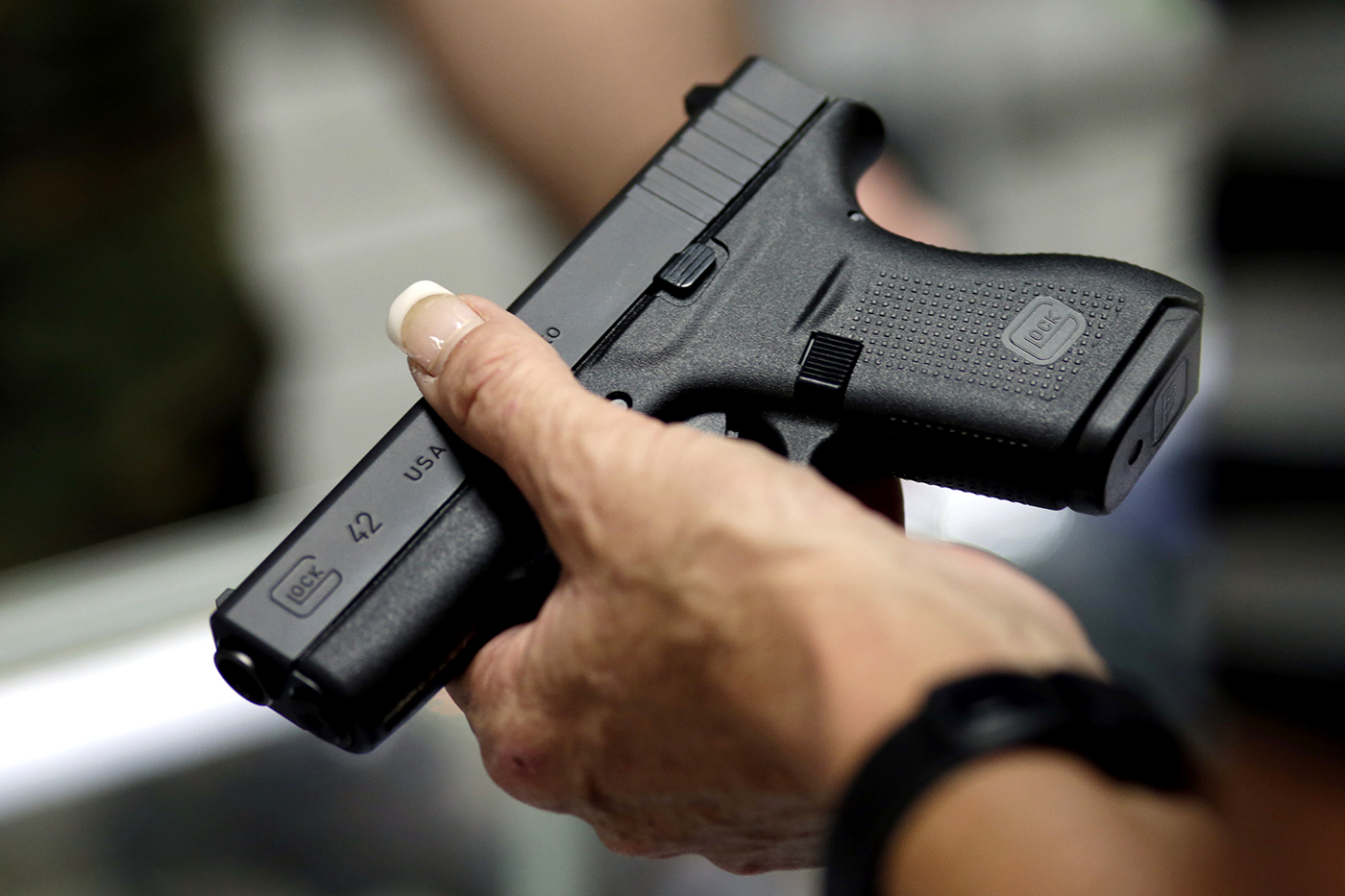Firearm safety is paramount to prevent accidents, injuries, and fatalities. This guide provides a thorough overview of firearm safety principles, practices, and guidelines to help firearm owners handle and store firearms responsibly.
Introduction to Firearm Safety:
Firearm safety encompasses a set of principles, practices, and procedures designed to minimize the risk of accidents, injuries, and fatalities associated with firearms. Understanding and adhering to firearm safety rules are essential for responsible firearm ownership.
Importance of Firearm Safety:
- Prevention of Accidents: Following firearm safety protocols helps prevent accidental discharges and injuries.
- Protection of Life and Property: Proper firearm safety measures protect individuals, families, and property from harm.
- Legal Compliance: Adhering to firearm safety regulations and laws ensures compliance with legal requirements.
- Preservation of Rights: Responsible firearm ownership promotes the preservation of Second Amendment rights.
Basic Firearm Safety Rules:
- Treat Every Firearm as if It’s Loaded: Always assume that a firearm is loaded, even if it’s believed to be unloaded.
- Keep the Muzzle Pointed in a Safe Direction: Never point a firearm at anything you don’t intend to shoot, including yourself or others.
- Keep Your Finger off the Trigger Until Ready to Shoot: Keep your finger off the trigger and outside the trigger guard until you are ready to fire.
- Know Your Target and What’s Beyond It: Identify your target and what lies beyond it to prevent unintended harm.
Firearm Handling Safety:
- Always Keep Firearms Unloaded Until Ready to Use: Only load firearms immediately before use and unload them when no longer needed.
- Use the Correct Ammunition: Use only the appropriate caliber and type of ammunition specified for your firearm.
- Store Ammunition Separately: Store ammunition in a secure location away from firearms to prevent accidental discharges.
- Handle Firearms Carefully: Avoid rough handling, mishandling, or dropping firearms, which can lead to accidents.
Firearm Storage Safety:
- Secure Firearms When Not in Use: Store firearms unloaded and securely locked in a cabinet, safe, or gun vault to prevent unauthorized access.
- Use Trigger Locks or Cable Locks: Apply trigger locks or cable locks to firearms to prevent unauthorized use or access.
- Store Ammunition Separately: Store ammunition in a locked container or safe away from firearms to prevent accidents.
- Educate Family Members: Educate family members, especially children, about firearm safety and the importance of not handling firearms without supervision.
Firearm Transport Safety:
- Transport Firearms Unloaded and Securely Stored: When transporting firearms, ensure they are unloaded and securely stored in a case or container.
- Use a Gun Case or Holster: Use a gun case, holster, or other suitable container to transport firearms safely and securely.
- Avoid Handling Firearms During Transport: Minimize handling of firearms during transport to reduce the risk of accidents or mishaps.
Firearm Range Safety:
- Follow Range Rules and Instructions: Adhere to range rules and instructions provided by range staff or instructors.
- Always Keep Firearms Pointed Downrange: Point firearms downrange at all times, even when not shooting.
- Wear Eye and Ear Protection: Use appropriate eye and ear protection to protect against noise and debris at the shooting range.
- Handle Firearms Safely: Handle firearms safely, keeping fingers off the trigger and actions open when not shooting.
Firearm Training and Education:
- Take a Firearm Safety Course: Enroll in a certified firearm safety course to learn essential safety principles and practices.
- Practice Safe Handling: Practice safe firearm handling techniques regularly to reinforce good habits.
- Seek Additional Training: Seek advanced training from qualified instructors to improve firearm proficiency and safety skills.
- Educate Others: Share firearm safety knowledge with family members, friends, and the community to promote responsible firearm ownership.
Firearm Safety Devices:
- Trigger Locks: Mechanical devices that prevent firearms from being discharged by locking the trigger mechanism.
- Cable Locks: Cable-style locks that prevent firearms from being loaded or fired by securing the action or moving parts.
- Gun Safes and Cabinets: Secure storage containers designed to safely store firearms and ammunition, typically equipped with locking mechanisms.
Legal and Ethical Considerations:
- Know and Obey Firearms Laws: Familiarize yourself with federal, state, and local firearms laws and regulations to ensure compliance.
- Be Mindful of Ethical Responsibilities: Exercise good judgment and ethical responsibility when handling, using, or possessing firearms.
- Report Unsafe Practices: Report unsafe firearm practices or behavior to appropriate authorities or range staff to prevent accidents or injuries.
Conclusion:
Firearm safety is a fundamental aspect of responsible firearm ownership. By adhering to basic safety rules, practicing safe handling and storage techniques, and continuously educating oneself and others, firearm owners can minimize the risk of accidents and promote a culture of safety within the firearm community. By incorporating the principles and practices outlined in this guide into your firearm ownership and usage, you can help ensure the safety of yourself, your loved ones, and those around you.

